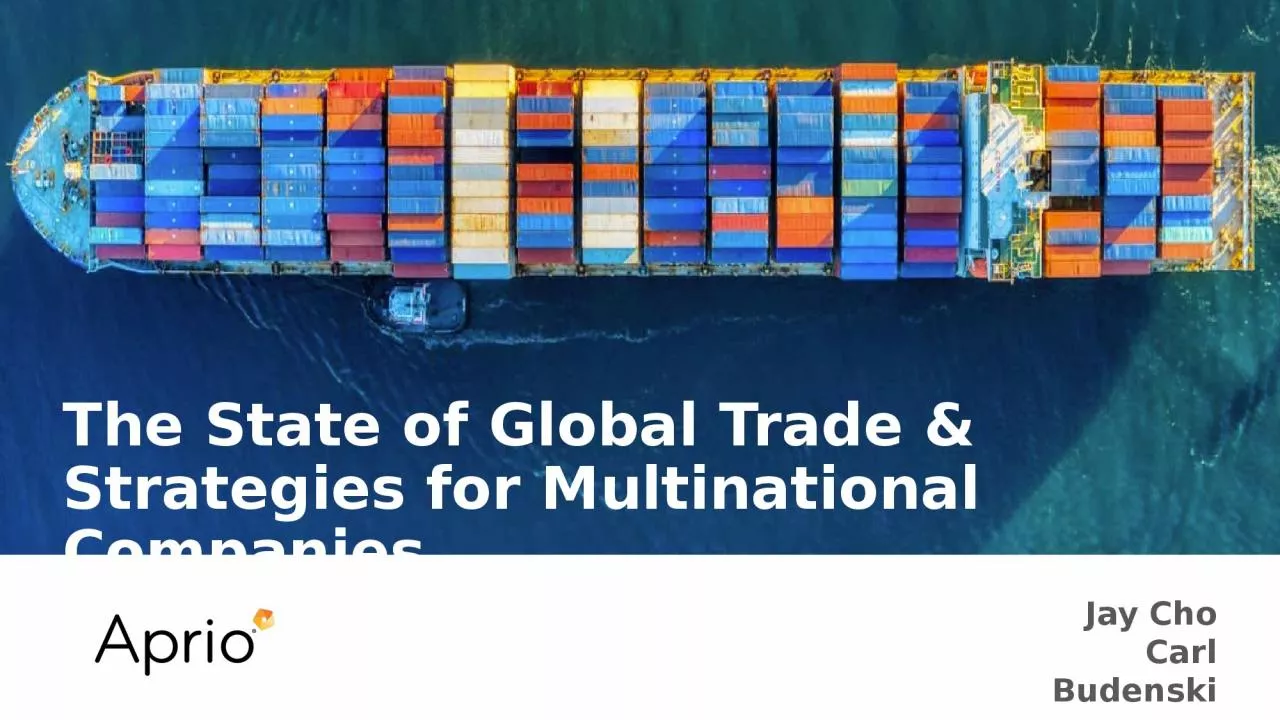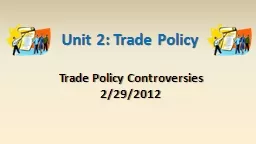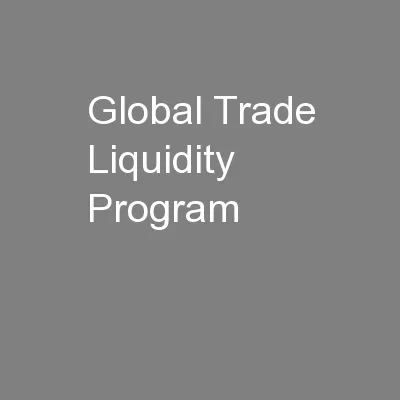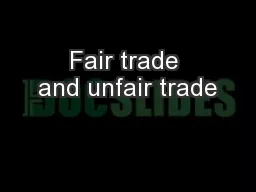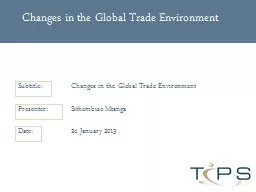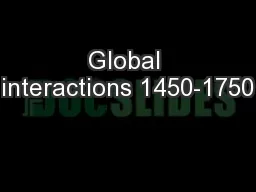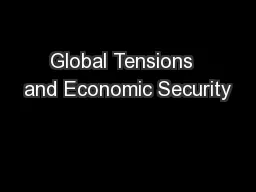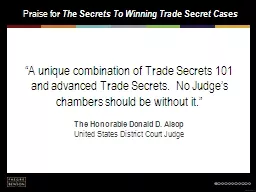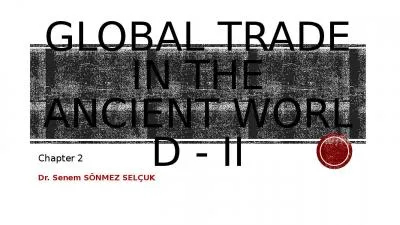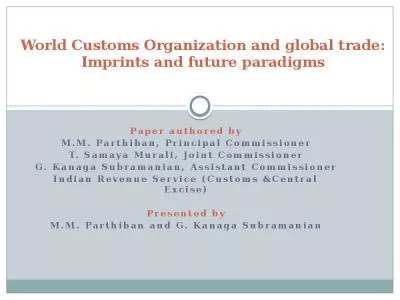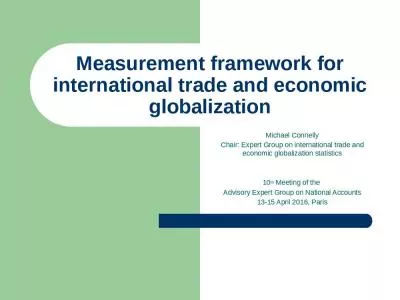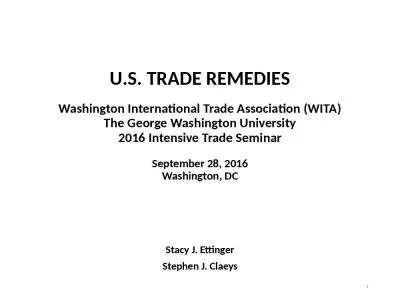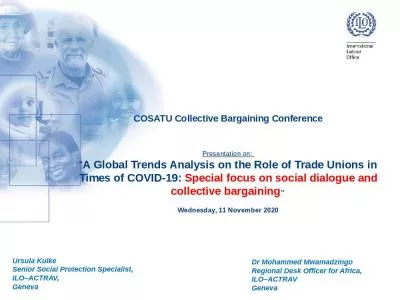PPT-The State of Global Trade &
Author : jacey | Published Date : 2024-01-03
Strategies for Multinational Companies Jay Cho Carl Budenski Aprio at glance Clients in 50 Countries 60 Languages Spoken 1 Fastest growing CPA firm 12 Industry
Presentation Embed Code
Download Presentation
Download Presentation The PPT/PDF document "The State of Global Trade &" is the property of its rightful owner. Permission is granted to download and print the materials on this website for personal, non-commercial use only, and to display it on your personal computer provided you do not modify the materials and that you retain all copyright notices contained in the materials. By downloading content from our website, you accept the terms of this agreement.
The State of Global Trade &: Transcript
Download Rules Of Document
"The State of Global Trade &"The content belongs to its owner. You may download and print it for personal use, without modification, and keep all copyright notices. By downloading, you agree to these terms.
Related Documents

